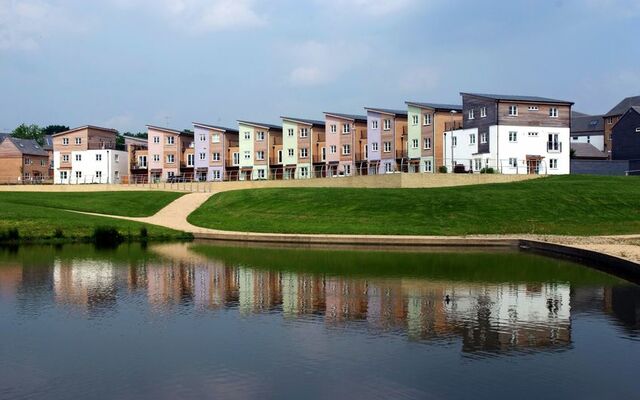Views
A new strategic direction
Back in 2018, Water UK created a framework to produce Drainage and Wastewater Management Plans (DWMP) – a new concept that sought to take a strategic, holistic approach to the management of drainage and flood risk over a 25-year timeframe. It was envisioned that these new plans, a bit like Water Resource Management Plans, would outline the investment needs to meet the challenges posed by population growth and the climate emergency.
However, it was the Environment Act 2021 that moved DWMPs towards a statutory basis – ultimately becoming a key part of the legal framework governing the water industry and how its plans and invests. DWMPs will help us shape PR24 - the forthcoming price review process which allocates company investment between 2025-2030. It is difficult to overstate the importance of these plans as they are a critical part of how water companies, and other drainage operators, invest in the water environment and will enable a long-term renewal of our rivers.
A collaborative approach
While it is water and sewage companies that develop and publish DWMPs, they are the product of extensive engagement and information sharing with other asset owners, such as the Highways Authorities, local government, and the Environment Agency. This collaborative approach means that flood risk and water quality are managed in partnership with all those who can have an impact, so that interventions in any river catchment are carefully considered and maximise the opportunities for co-creation.
Years of hard work, and a collaborative approach has led to today’s publication of the first ever draft DWMPs – and you can find out how to have your say here.
Delivering the ambition within
Balancing the many competing priorities across industry and between competing sectors – from river health and flood risk to the climate emergency and transitioning to net zero – will require wastewater regulation to be more joined up than ever. This can be done. Indeed, the creation of RAPID (the Regulators’ Alliance for Progressing Infrastructure Development) serves as an example of how the regulatory landscape can respond to the changing nature of the challenges we face (in this case water resources security), and for how the ambition within 25-year plans can be realised.
To realise this ambition, we need a new collaborative framework that includes government, regulators, and the industry would ensure DWMPs guide future wastewater investment in harmony with government plans, regulatory frameworks, and importantly, the needs of customers.







